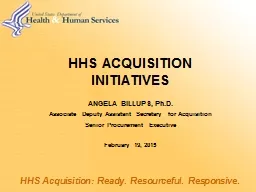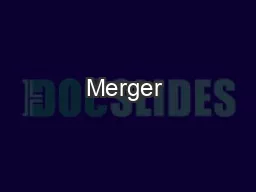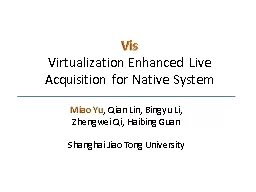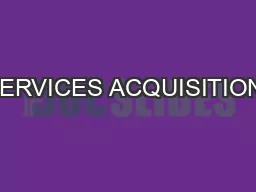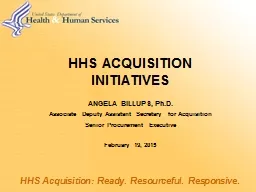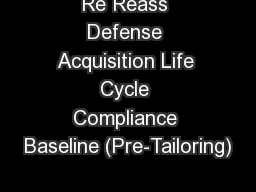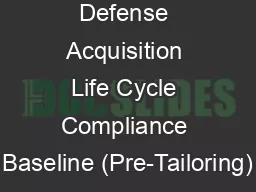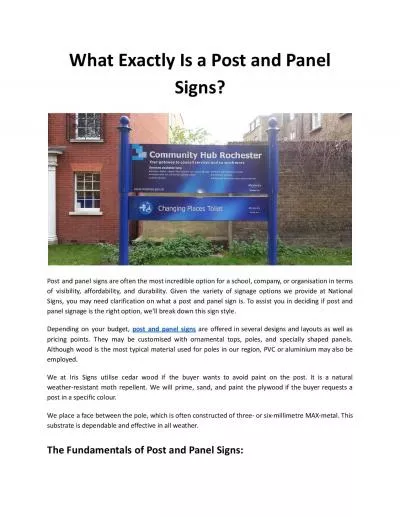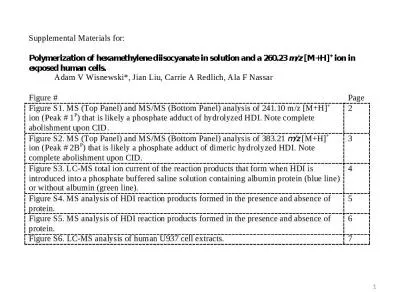PPT-Acquisition Strategy Panel
Author : faustina-dinatale | Published Date : 2019-11-19
Acquisition Strategy Panel Mandatory Template SYSTEM PROGRAM MANAGER PROGRAM MANAGER CONTRACTING OFFICER Updated July 2008 Please refer to the notes section for
Presentation Embed Code
Download Presentation
Download Presentation The PPT/PDF document "Acquisition Strategy Panel" is the property of its rightful owner. Permission is granted to download and print the materials on this website for personal, non-commercial use only, and to display it on your personal computer provided you do not modify the materials and that you retain all copyright notices contained in the materials. By downloading content from our website, you accept the terms of this agreement.
Acquisition Strategy Panel: Transcript
Download Rules Of Document
"Acquisition Strategy Panel"The content belongs to its owner. You may download and print it for personal use, without modification, and keep all copyright notices. By downloading, you agree to these terms.
Related Documents


